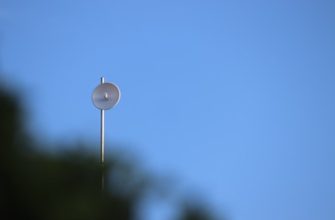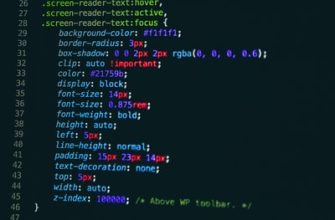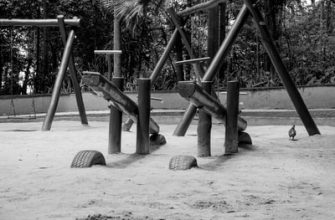The following SEO tips and tricks will help you with your page optimization efforts. You can do these things with your site so that it will load faster and more efficiently. You can also make sure that your website is compatible with all types of devices and browsers. You can even optimize images on your site, making them more effective.
Optimize images for the web
Image optimization is an important part of any SEO optimization strategy. It increases page loading speed and improves user experience. It is also helpful in attracting customers. It is an essential step for any business that needs a beautiful web presence.
Image optimization can help avoid penalties from Google for sites that load slowly. This can result in more conversions and lower bounce rates. Moreover, it can increase your traffic and increase your bottom line.
One way to optimize images is to compress them before uploading. If the right combination of file format and compression type is used, it can reduce the size of an image by five times.
Other techniques include resizing and caching. You can use an intelligent image optimization tool like ImageKit to reduce the size of your images and improve your website’s performance. This tool is built with an intelligent compression algorithm to provide optimal results.

Include headings and subheaders
Headings and subheaders are a vital part of a good SEO strategy. They provide a guide for your readers and search engines, and they can make your content more readable. They can also help to improve your website’s accessibility to visually impaired users.
There are many ways to use headings and subheaders in your content. They can break long pieces of content into more digestible sections, and they can even explain your headline. However, it’s important to use these elements wisely. They’re a great way to increase engagement with your readers and drive organic traffic.
The best way to include headers and subheaders is to keep them relevant to the overall purpose of your content. If you use too many, they may distract readers and dilute the message.
Ensure your website adapts to whatever device a user is using
The proliferation of mobile devices has made responsive design more important than ever. A site that is not designed to take advantage of all devices can lose out on potential customers. Luckily, there are a number of ways to ensure that your website is optimized for all screens.
The biggest advantage of a responsive design is that it optimizes for all screen sizes. This means that the site will automatically adjust to fit the size of the viewer’s device. This is a major plus for both desktop and mobile users.
Responsive design is also much faster to develop and maintain. It allows for the resizing of images and other media in a consistent fashion. For instance, you can use a hamburger menu to make links and other pages appear at the top of the page.
Ensure your URL structure mimics the actual structure of a website
One of the best ways to improve your page optimization is to ensure that your URL structure closely mimics the actual structure of your website. By doing this, you will be able to provide your visitors with a logical path through your pages. This means that you can increase your chances of click-through rates.
The web URL is the address of your site on the world wide web. It is composed of the domain name, path and protocol. In addition to the domain name, the URL can also include a permanent link, such as a slug, which will tell the user what content you want to send them to.
When creating a URL, be sure to use keywords that are relevant to the site’s purpose. These words will help to better inform users and boost your rankings. You should also consider how users tend to search for your products or services.
Optimize your site’s load time
Loading speed is important for a variety of reasons. For starters, it’s an element of overall user experience. If a site is slow to load, visitors are likely to leave, and negative feedback is sure to follow. In addition, search engines will reward sites that deliver a fast load time. That means that your optimization efforts could pay off.
The best way to optimize your website for speed is to rewrite its HTML code to use a lightweight language such as CSS3 or HTML5. These technologies reduce the amount of data needed to render a web page, and increase its usability. You can also speed things up by caching your pages, and using AJAX to retrieve content from a database without having to refresh the page.








